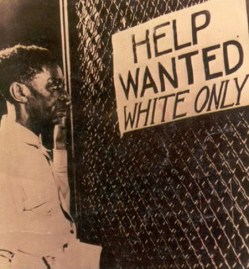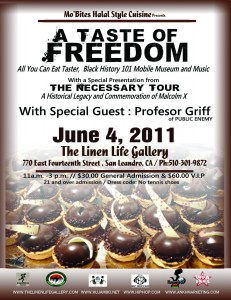 San Leandro is a diverse town. The latest census numbers show that there about equal numbers of whites, Asians and Latinos in town, African-Americans making another 11% of the population. You will see this wonderful diversity when you visit our schools, our public library, our parks or community festivities. You will not see it, however, at City Hall.
San Leandro is a diverse town. The latest census numbers show that there about equal numbers of whites, Asians and Latinos in town, African-Americans making another 11% of the population. You will see this wonderful diversity when you visit our schools, our public library, our parks or community festivities. You will not see it, however, at City Hall.
Last Monday the City Council carried out a work session on the issue of racial diversity in the city’s workforce. The city’s Human Resources consultant, Steve Harman, and the Chief Police, Sandra Spagnoli, both gave very brief presentations about diversity in their departments. The data they brought was scant but telling. Sixty one percent of the total City workforce and 62% of the Police force is white.
These numbers, moreover, don’t tell us about the type of jobs held by members of racial minorities in San Leandro. Are blacks and Latinos working for the city as accountants and public work specialists, or as street cleaners and gardeners? City Hall needs to make this clear. We do know, however, that there are very few minorities at the upper echelon of city government and that 71% of the last 14 people hired at the city (which included the Chief of Police and the Finance Director) are white.
The situation at the Police Department may be even grimmer. While Spagnoli did not disclose the number of minority sworn officers, Mike Sobek, the head of the San Leandro Police Officers Association, spoke during public comments and mentioned that (out of the 90 or so sworn officers) only two are black and two Latino (including himself). There doesn’t seem to be any Asians. They did say that 13% of officers are female, while the number might look low it is better than the national average of 8% or so.
Fortunately both Chief Spagnoli and Sobek seem to understand the real importance of diversifying the force. Spagnoli told the Council that Police forces must reflect the ethnic diversity of the communities they serve, and she’s making changes in the recruitment and promotion process at the SLPD to accomplish this goal. Spagnoli also wants to get more officers that are bilingual, have college education, special training and live in San Leandro. Applications for SLPD positions will now be accepted in an ongoing basis, allowing the SLPD to build a richer application pool. It would help this process, however, if the SLPD posted job openings on their website. Promotions to sergeant positions will no longer be based entirely on an interview with police higher ups, but on objective criteria as well, and require people from outside the SLPD in the interview panel. This latter change comes as part of the settlement agreement with the female officers who sued the city for sexual discrimination.
During public comments, Sobek spoke of the need to not just open the process to minority applicants but to specifically recruit them. He suggested the Police go to colleges with diverse student populations and suggest law enforcement careers to students who might not have considered them before. Having a Police force which is diverse not only ethnically, but ideologically would likely help in establishing good relations with the community as a whole.
Sobek had many very positive things to say about Spagnoli – in particular he spoke eloquently about how she’s helping the force gain a sense of focus and purpose. It seems she’s really bringing a level of professionalism the force was lacking. From the outside, it’s difficult to know how she’s handling the “rotten apple” problems within the SLPD, and as head of the Police Union Sobek is not an unbiased observer, but his words of praise for Spagnoli seemed heartfelt and I’m hoping they reflect a commitment within the SLPD hierarchy and union to create a police force with is both clean and committed to the community they serve.
Back at City Hall, the idea of diversifying the workforce seems to be new and novel at the City management level. While recruitment of individual positions varies, it seems clear that the city has not done anything to promote job openings among minority populations. The city does not even advertise its jobs in places like Craigslist, preferring to use the San Leandro Times and its own website. The City Council, however, seems to be listening to the tolling of the bells and sent the message that they want a more open process. The Council’s real commitment to diversity will actually be tested in their choice of a new city manager. Signs so far are encouraging, last month they started the city manager hiring process anew when they couldn’t find a suitable candidate with a good understanding of diversity issues.




